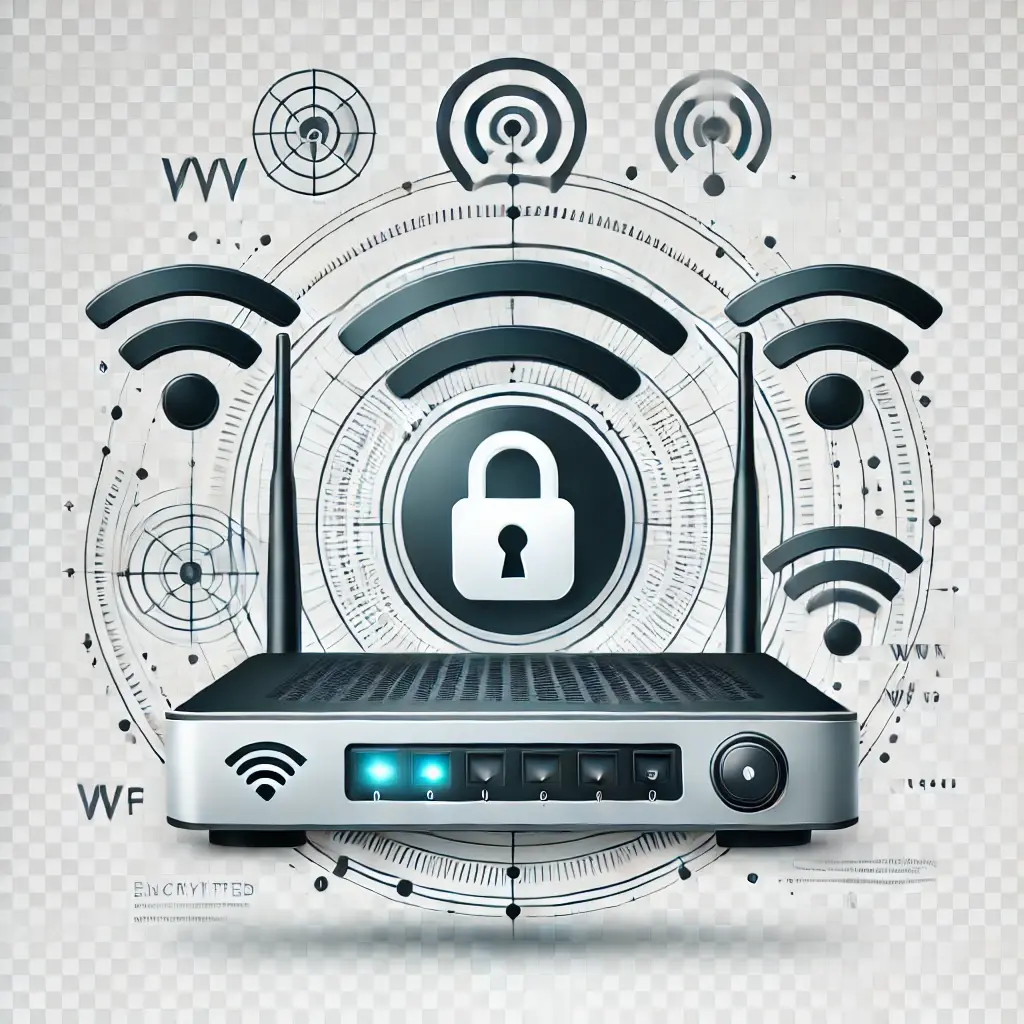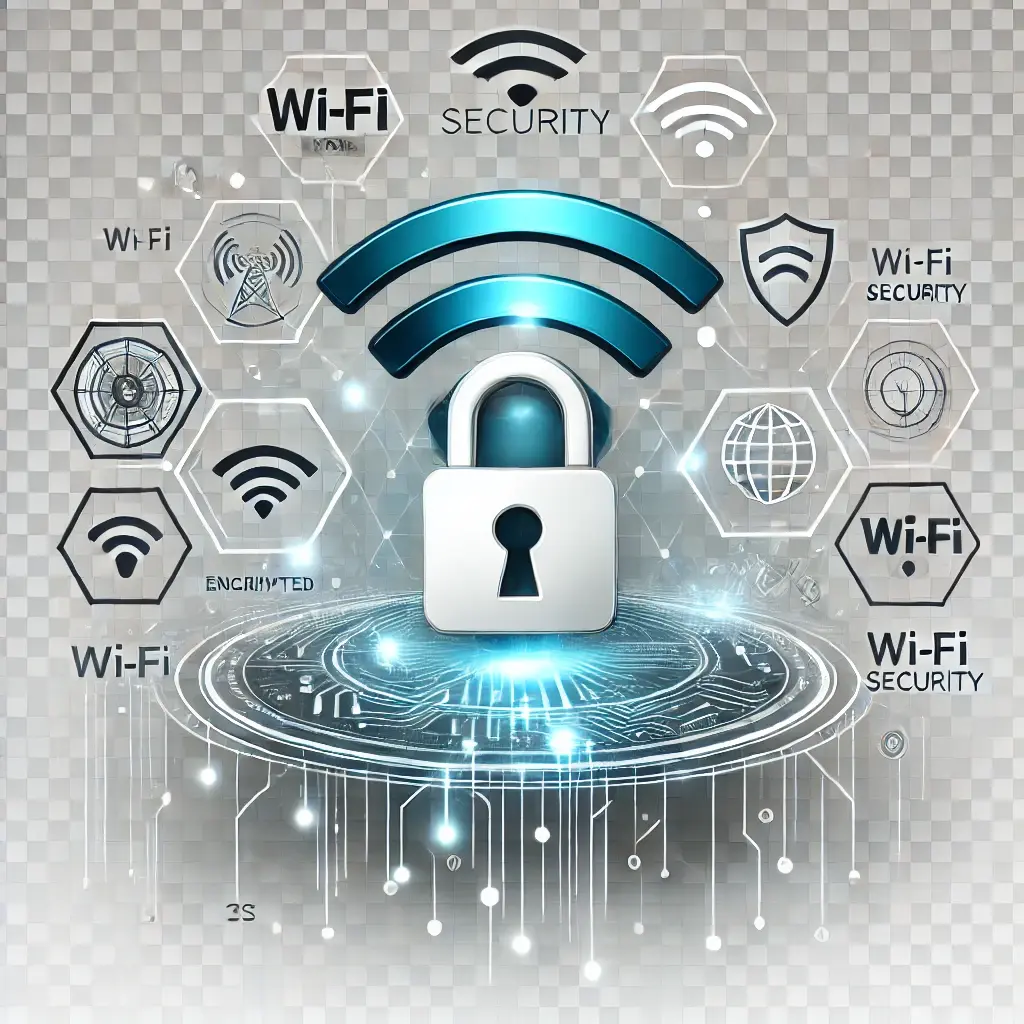A Comprehensive Guide to Securing Your Wi-Fi Network Against Cyber Threats
In an increasingly connected world, your Wi-Fi network serves as the gateway to your digital life. From personal devices to smart home systems, Wi-Fi powers modern convenience but also introduces significant cybersecurity risks. Weak network security, especially a poorly crafted password, can expose sensitive data, compromise your privacy, and even allow hackers to exploit your network for malicious activities.
This blog will explore why securing your Wi-Fi network is crucial, how to create a strong password, and additional steps you can take to defend against cyber threats. By following these tips, you’ll not only protect your data but also enhance the overall security of your digital environment.
The Importance of Securing Your Wi-Fi Network
Cybersecurity threats are more pervasive than ever. Data breaches, identity theft, and ransomware attacks dominate headlines, affecting millions of individuals and businesses annually. A weak Wi-Fi password can act as an open door for attackers, putting everything from your personal data to financial transactions at risk.
Consequences of Weak Wi-Fi Security
- Data Interception: Without proper encryption, hackers can intercept data transmitted over your network. This includes passwords, credit card numbers, and private communications.
- Unauthorized Access: A compromised network allows hackers to connect unauthorized devices, slowing down your internet speed and leaving other devices vulnerable.
- Botnet Infiltration: Cybercriminals can exploit weak networks to create botnets, as seen in the 2016 Mirai botnet attack. This botnet leveraged weak router passwords to launch large-scale Distributed Denial-of-Service (DDoS) attacks.
Building a Strong Wi-Fi Password: Your First Line of Defense
A strong password is the cornerstone of Wi-Fi security. Crafting one isn’t difficult, but it does require thoughtful consideration. Here’s a step-by-step guide to creating a secure Wi-Fi password:
1. Use at Least 12 Characters
The longer your password, the harder it is to crack. Aim for a minimum of 12 characters to provide a robust defense against brute-force attacks.
2. Combine Letters, Numbers, and Symbols
A strong password includes a mix of uppercase and lowercase letters, numbers, and special characters. For example:
- Weak:
password123 - Strong:
P@ssw0rd2024!
3. Avoid Predictable Information
Hackers often use readily available personal information, such as birthdays or pet names, to guess passwords. Avoid:
- Birthdates
- Names of family members
- Simple sequences like
123456
4. Leverage Passphrases
Passphrases are an excellent way to increase password strength without sacrificing memorability. Instead of a single word, use a sequence of random words or a sentence. For example:
- Weak:
homewifi123 - Strong:
Purple!Penguin#DrinksTea
Passphrases are longer and more complex, making them significantly harder to crack.
5. Regularly Update Your Password
Changing your Wi-Fi password every few months minimizes the risk of unauthorized access. Even if a hacker manages to compromise your password, the window for exploitation will be short.
Advanced Wi-Fi Security Measures
While a strong password is essential, it’s only part of a comprehensive Wi-Fi security strategy. Consider implementing these additional measures to bolster your network security:
1. Enable Network Encryption
Encryption scrambles data to make it unreadable to unauthorized users. The latest standard, WPA3, offers stronger encryption than older protocols like WPA2 or WEP. If your router supports WPA3, enable it immediately.
2. Change Default Router Settings
Routers often come with default usernames and passwords, which are widely known and easily exploited by hackers. Change:
- The administrator username and password
- The SSID (Wi-Fi network name) to something unique and unrelated to your identity or location
3. Disable WPS
Wi-Fi Protected Setup (WPS) simplifies device connections but is vulnerable to hacking. Disable it in your router settings for added security.
4. Use a Firewall
Many modern routers come with built-in firewalls to block unauthorized access attempts. Ensure this feature is enabled.
5. Limit Device Connections
Restricting the number of devices that can connect to your network reduces the potential attack surface.
6. Set Up a Guest Network
Create a separate network for visitors. This isolates your primary devices from potential threats while still providing internet access.
Lessons from Real-World Cyber Attacks
The dangers of weak Wi-Fi security were starkly illustrated by the 2016 Mirai botnet attack. Hackers exploited default and weak passwords on routers and IoT devices to create a botnet capable of launching massive DDoS attacks. This incident highlighted the importance of robust passwords and regular updates.
Key Takeaways:
- Use a strong, unique password for your network.
- Regularly update router firmware to patch vulnerabilities.
- Monitor connected devices to identify unauthorized access.
Monitoring and Maintaining Your Wi-Fi Security
Securing your network isn’t a one-time effort. Regular monitoring and updates are critical to staying ahead of potential threats.
1. Check Connected Devices
Most routers allow you to view all connected devices. If you see unfamiliar devices, disconnect them and change your password immediately.
2. Keep Your Router Firmware Updated
Router manufacturers release firmware updates to address security vulnerabilities. Check for updates regularly and apply them to keep your network secure.
3. Educate Your Household or Employees
Ensure everyone using your network understands the importance of cybersecurity. Teach them to recognize phishing attempts and avoid downloading unverified files or software.
The Role of Cybersecurity Awareness
Cybersecurity is as much about awareness as it is about technology. By staying informed about emerging threats and best practices, you can better protect your network and devices.
Emerging Trends in Wi-Fi Security
- AI-Driven Threat Detection: AI tools can monitor network activity for suspicious behavior, providing real-time alerts.
- Quantum-Resistant Encryption: As quantum computing evolves, new encryption methods are being developed to address potential vulnerabilities.
Quick Tips for Enhanced Wi-Fi Security
- Use a password manager to generate and store strong passwords.
- Avoid public Wi-Fi for sensitive activities, such as online banking.
- Invest in a high-quality router with advanced security features.
- Consider using a Virtual Private Network (VPN) for an additional layer of encryption.
Conclusion
Safeguard Your Digital Life
Securing your Wi-Fi network is critical for protecting your data, privacy, and peace of mind. By following the tips outlined in this guide, you can significantly reduce the risk of cyber threats.
Key Actions to Take Today:
- Create a strong, unique password with at least 12 characters.
- Enable WPA3 encryption and update your router’s default settings.
- Regularly monitor connected devices and apply firmware updates.
- Educate others about the importance of cybersecurity.
By adopting a proactive approach, you can transform your Wi-Fi network into a fortress against cyber threats. Stay vigilant, stay informed, and take control of your digital security.




